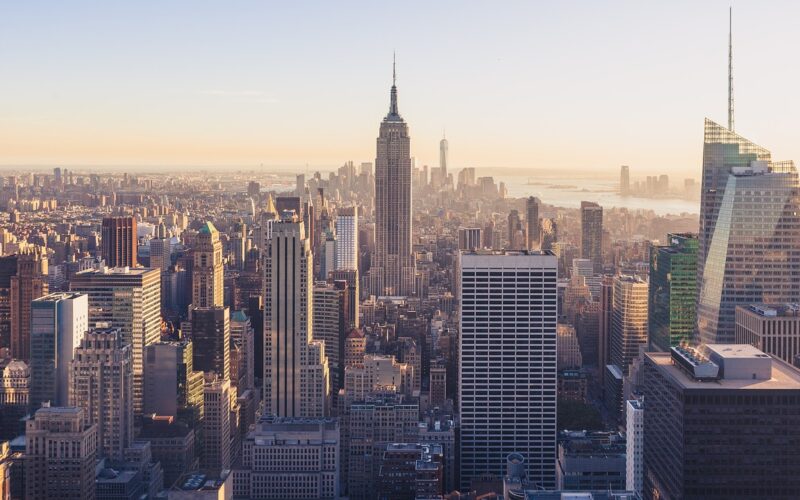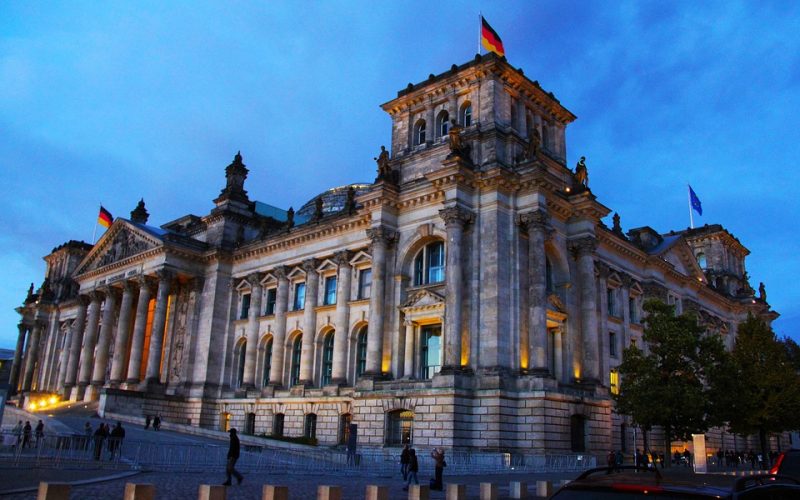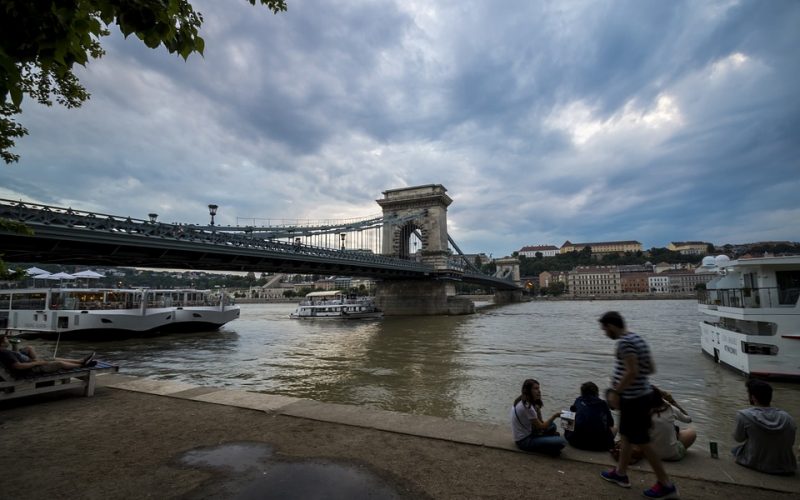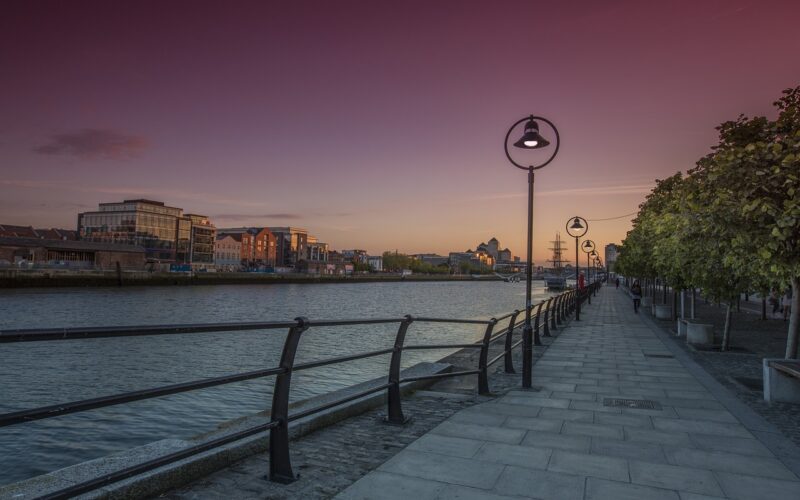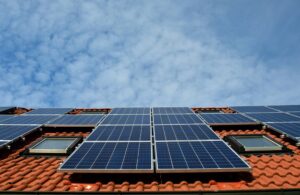Congested cities present a unique challenge when it comes to urban planning. With hundreds, even thousands of cars clogging the roads and no infrastructure designed to cope with such pressure, how do we make sure these overcrowded places remain liveable? The answer lies in smart urban planning that focuses on sustainability while considering the needs of city residents.
Understanding the impact of urban congestion
As our cities continue to grow and more people move into urban areas, traffic congestion becomes a critical issue that affects not only our daily lives but also the environment. Traffic jams, long commuting hours and air pollution are just a few of the impacts that urban congestion has on our communities.
It creates stress and frustration for commuters who are stuck in traffic, and it slows down the movement of goods and services around the city. More cars on the road also mean more greenhouse gas emissions and air pollution, impacting the health and well-being of people and the planet. Understanding the impacts of urban congestion is crucial if we want to find sustainable solutions to this pressing issue.
Strategies for reducing traffic congestion
Traffic congestion is a growing problem in many bustling cities around the world. Not only does it cause frustration and delays, but it also contributes to air pollution and increased fuel consumption. However, there are a number of strategies that can be implemented to reduce traffic congestion. One such strategy is to promote alternative modes of transportation, such as biking, walking, or public transportation. Encouraging carpooling is also an effective way to reduce the number of cars on the road and alleviate congestion.
Additionally, implementing intelligent transportation systems, such as real-time traffic monitoring and dynamic traffic routing, can help optimise traffic flow and reduce congestion. By working together and utilising these strategies, we can help improve the quality of life in our cities and reduce the negative impacts of traffic congestion.
Improving public transportation infrastructure
As cities continue to expand and populations grow, the need for efficient and reliable public transportation is more important than ever. Improving the infrastructure of public transportation systems can have far-reaching benefits, such as decreasing traffic congestion, reducing air pollution, and providing easier access to job opportunities and essential services. However, this task is not without its challenges. Governments and local authorities must work together to secure funding for new projects and to implement the necessary changes.
By investing in smart technologies such as real-time tracking and contactless payment systems, public transportation can become more accessible and convenient for everyone. Ultimately, improving public transportation infrastructure is essential for building sustainable cities and creating a better future for all.
Introducing car-free zones
With the rise of urbanisation and congestion in city centres, some cities are considering introducing car-free zones. These zones are designated areas where vehicles are prohibited, encouraging residents and visitors to walk, cycle, or use public transportation instead. By creating these zones, cities hope to reduce traffic, lower pollution levels, and create more pedestrian-friendly environments.
Not only do car-free zones offer environmental benefits, but they also promote physical activity and social interaction, as people are encouraged to gather in public spaces and enjoy the city on foot. Although not without challenges, including potential resistance from drivers and businesses, introducing car-free zones could be a crucial step towards creating healthier and more sustainable cities.
